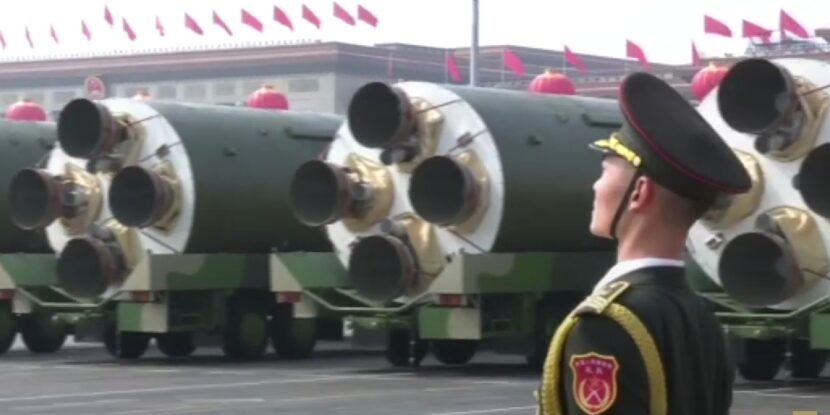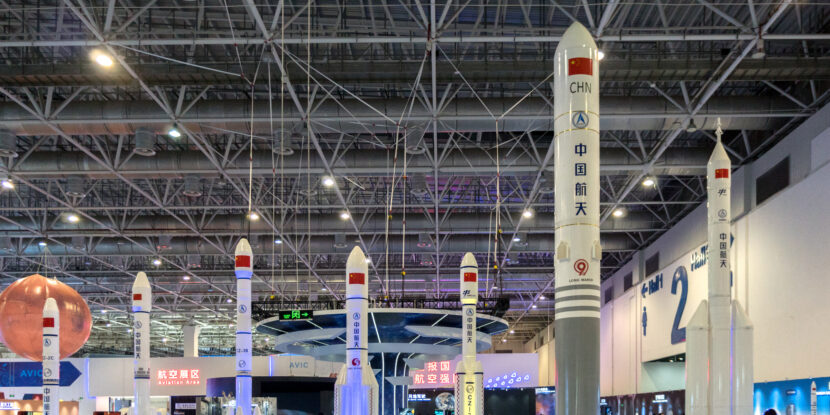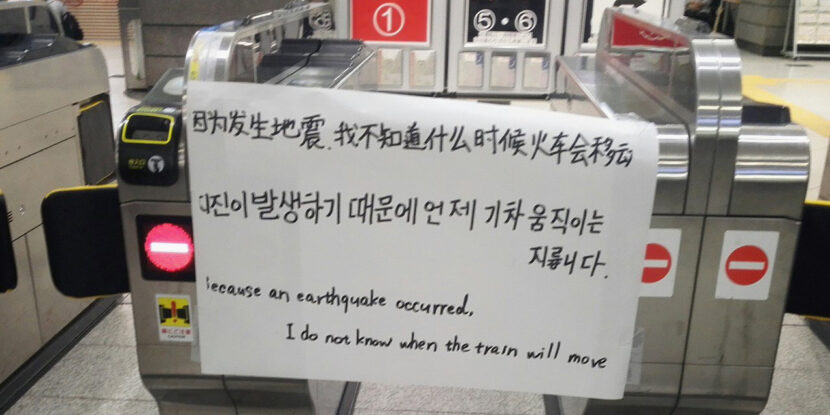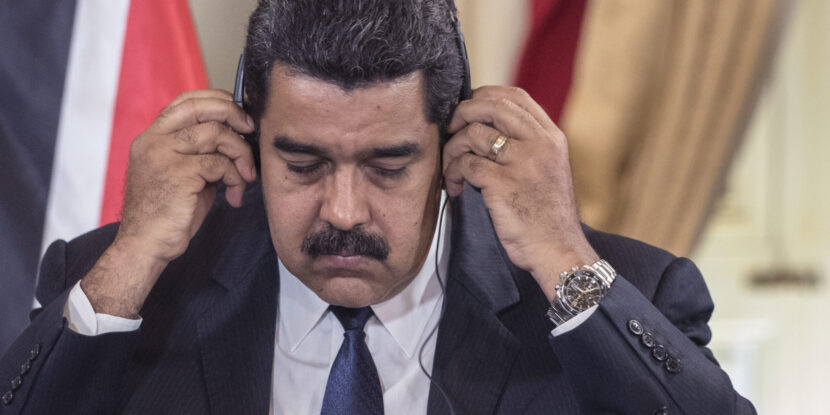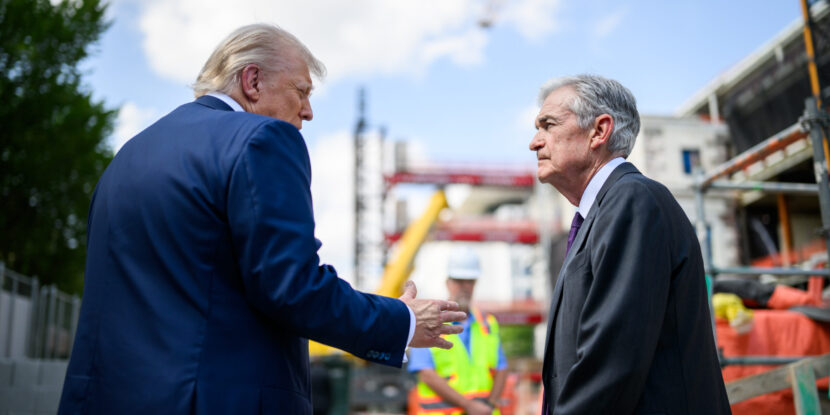❓WHAT HAPPENED: A report by the Hudson Institute highlights China’s nuclear ambitions, revealing its strategy to challenge U.S. influence in Asia and sow doubts among American allies.
👤WHO WAS INVOLVED: The Hudson Institute, China, U.S. allies including Japan, the Philippines, and South Korea, and the United States.
📍WHEN & WHERE: Findings are based on projections through the mid-2030s.
💬KEY QUOTE: “The purpose of amplifying uncertainty is to manipulate notions of risk to China’s advantage,” the report states.
🎯IMPACT: The report warns of China’s nuclear buildup and urges the U.S. to strengthen deterrence while exposing Beijing’s coercive tactics.
According to a new report from the Hudson Institute, China is expanding its nuclear arsenal not just for traditional deterrence but also to assert greater influence in Asia and challenge the United States’ regional leadership. The think tank warns that by the mid-2030s, Beijing is on track to achieve nuclear parity with the U.S., developing a modern, survivable, and flexible nuclear force that includes “over 1,000 warheads, a fully developed nuclear triad, and tactical nuclear capabilities.”
While the report doesn’t suggest China is preparing to fight a nuclear war, it highlights a more nuanced strategy: using nuclear coercion to undermine U.S. alliances and credibility. The goal, it says, is to “manipulate and degrade trust in America’s nuclear umbrella,” particularly in East and Southeast Asia. By creating uncertainty over whether Washington would actually defend allies such as Japan, South Korea, or the Philippines in a crisis, Beijing hopes to increase doubts and push those nations toward “strategic passivity.”
“The purpose of amplifying uncertainty is to manipulate notions of risk to China’s advantage,” the report states. “This is primarily about exacerbating hesitancy among U.S. allies by exploiting persistent fears of abandonment and doubts regarding America’s commitment.”
China’s nuclear buildup is only part of a broader military and political strategy that combines rapid force modernization with psychological and information warfare. Advanced weapons development is central to this effort, including systems like hypersonic boost-glide delivery vehicles and fractional orbital bombardment platforms.
Beijing’s growing range of delivery methods now includes fixed silos, submarines, road-mobile launchers, and aircraft.
Join Pulse+ to comment below, and receive exclusive e-mail analyses.
